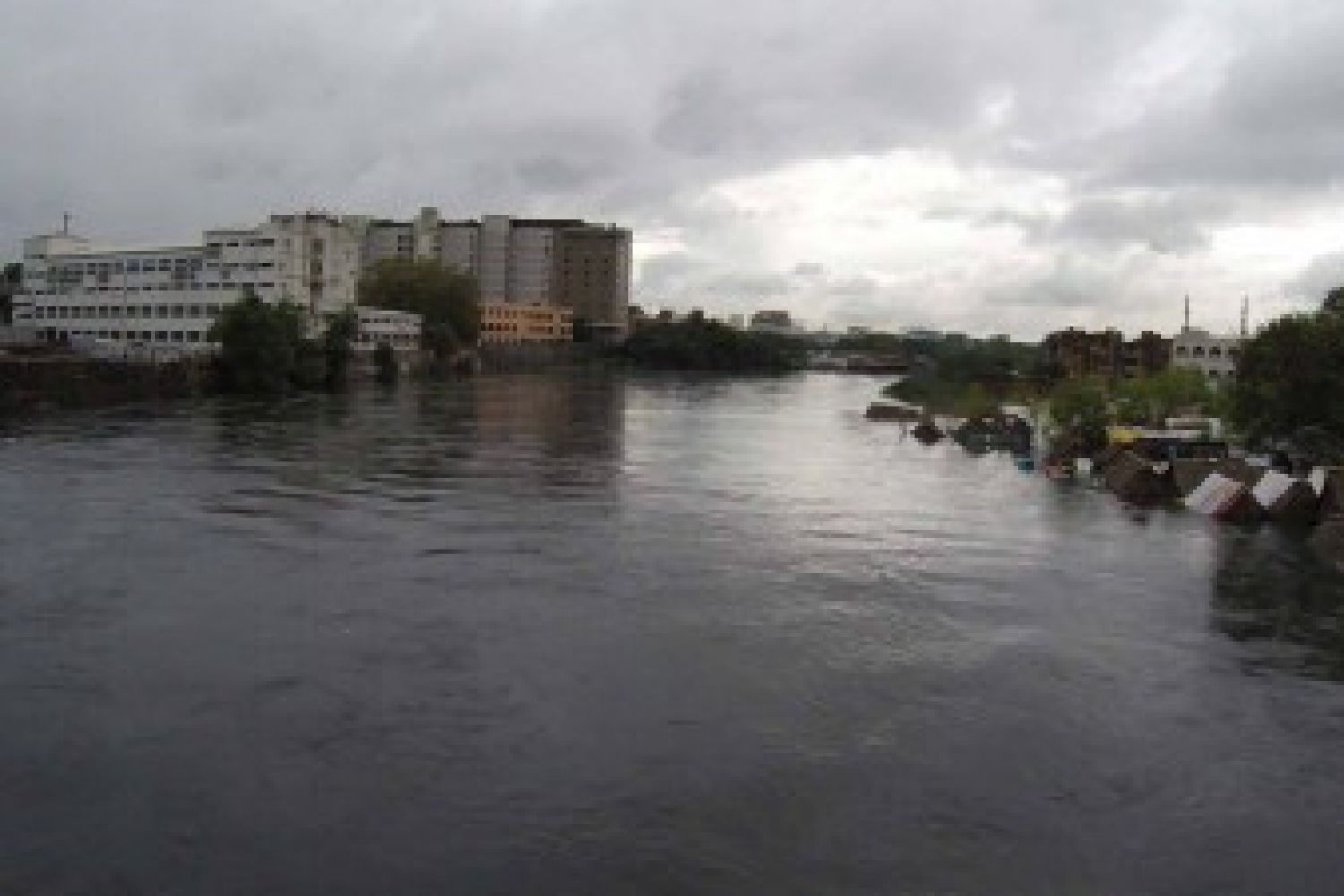
In the last three
weeks the northeast monsoon has brought Chennai and its surrounding districts a
deluge of biblical proportions in several phases. The result was catastrophic
for Chennai and neighbouring districts of South Arcot (especially Cuddalore
town), Tiruvallur, Kancheepuram, Villupuram, Tirunelveli, and others. The full
extent of the misery wrought by the rain will become clear only in coming days
but the bare figures for precipitation should give an idea. On December 1-2,
the sou





